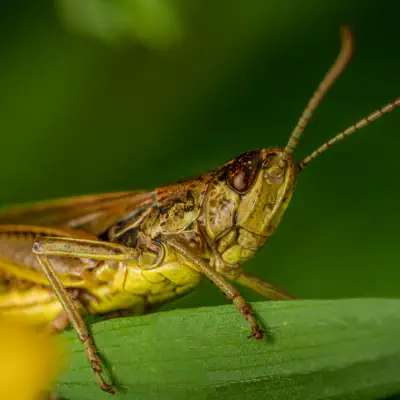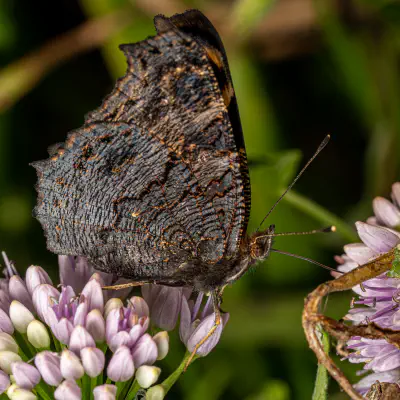The peacock can be found in woods, fields, meadows, pastures, parks, and gardens, from lowlands up to 2,500 metres (8,200 ft) elevation. It is a relatively common butterfly, seen in many European parks and gardens. The peacock male exhibits territorial behaviour, in many cases territories being selected en route of the females to oviposition sites.
The butterfly hibernates over winter before laying its eggs in early spring, in batches of up to 400 at a time.
However, recent studies in Belgium have shown that peacock butterflies reproduce in two periods: early spring and early summer, and a possible third period in autumn. They found that peacock butterflies show flight peaks in early July and early August to early October, with the emergence of butterflies with good-conditioned wings, which shows signs of new offspring. The olive green eggs are ribbed. They are laid on both the upper parts and the undersides of
leaves of nettle species and hops. The caterpillars hatch after about a week. They are shiny black with six rows of barbed spikes and a series of white dots on each segment. The chrysalis may be either grey, brown or green, and may have a blackish tinge. The caterpillars grow up to 42 millimetres (1+5⁄8 in) in length.
The primary food plants of European peacock larvae are stinging nettle (Urtica dioica), hop (Humulus lupulus), and the
small nettle (Urtica urens).
The adult butterflies drink nectar from a wide variety of flowering plants, including buddleia, willows, dandelions, wild marjoram, danewort, hemp agrimony, and clover; they also use tree sap and rotten fruits.








